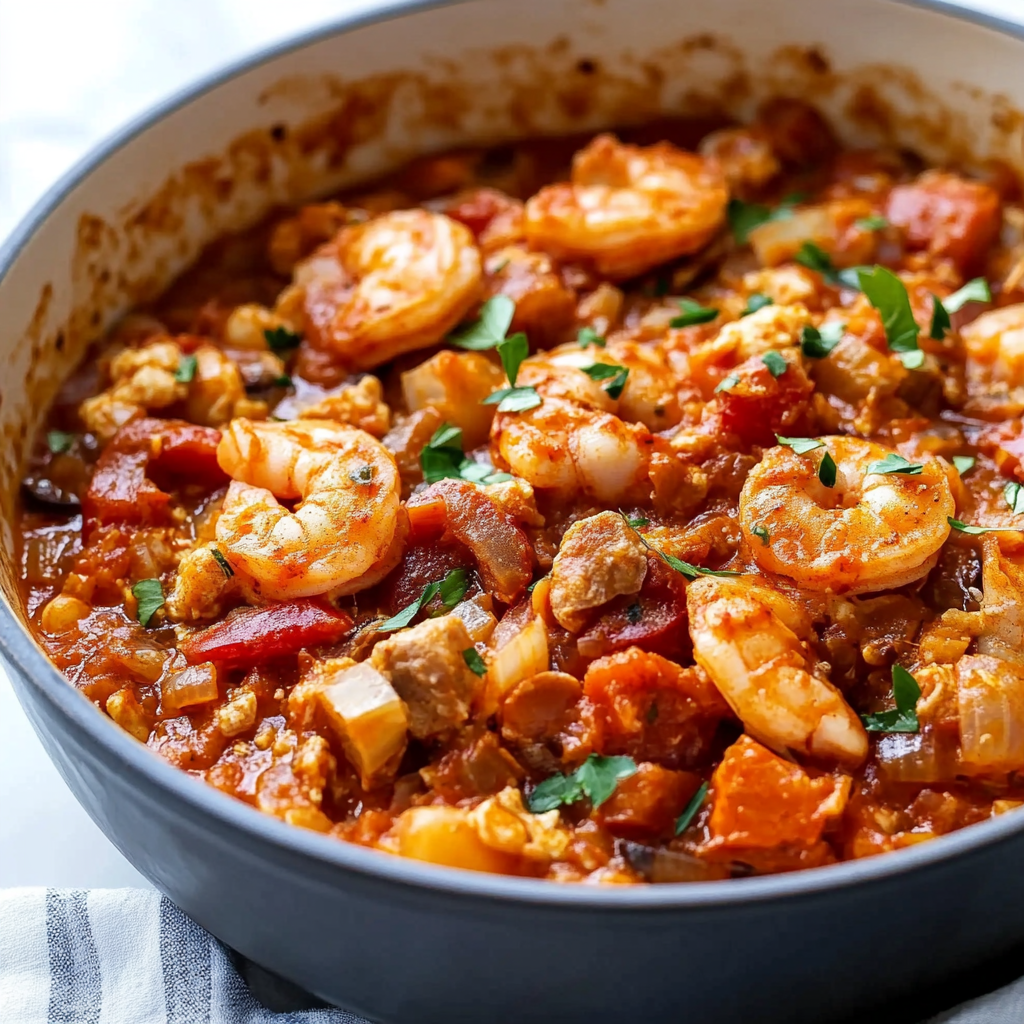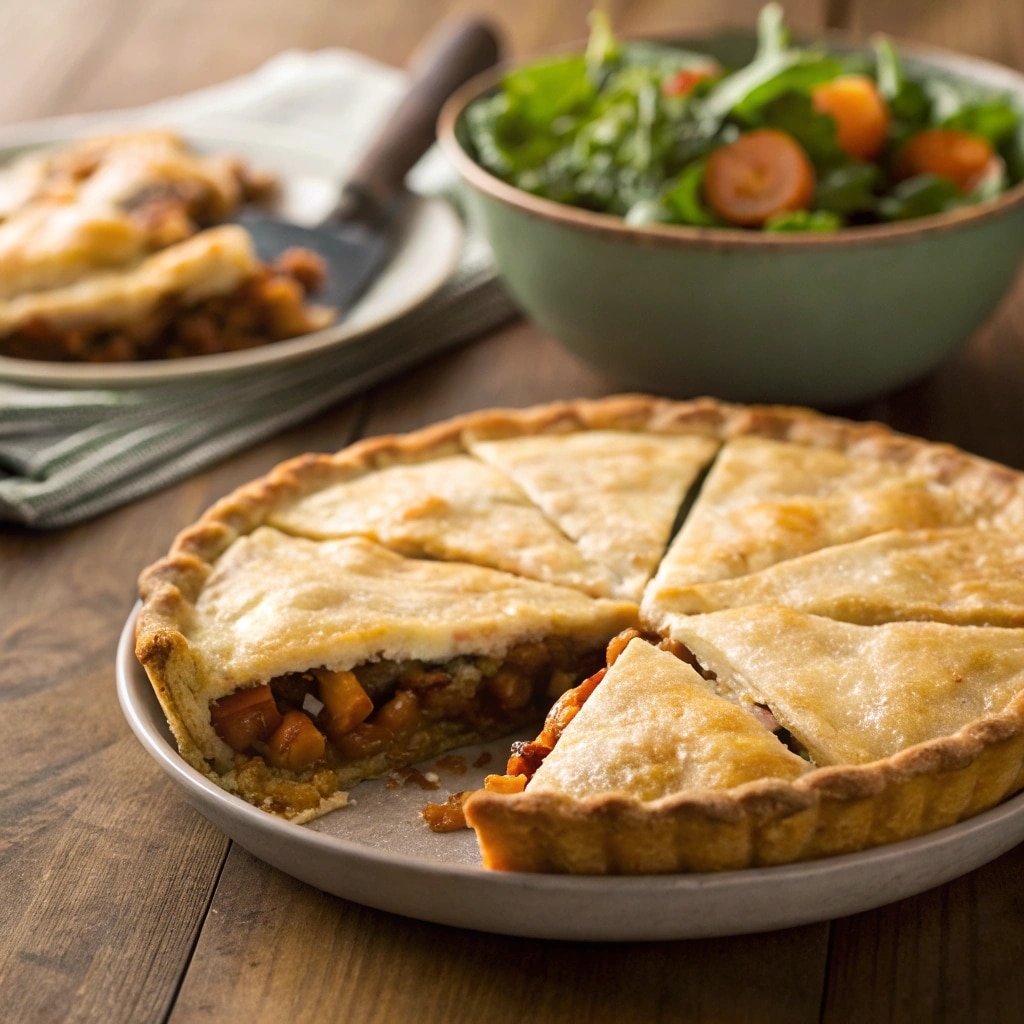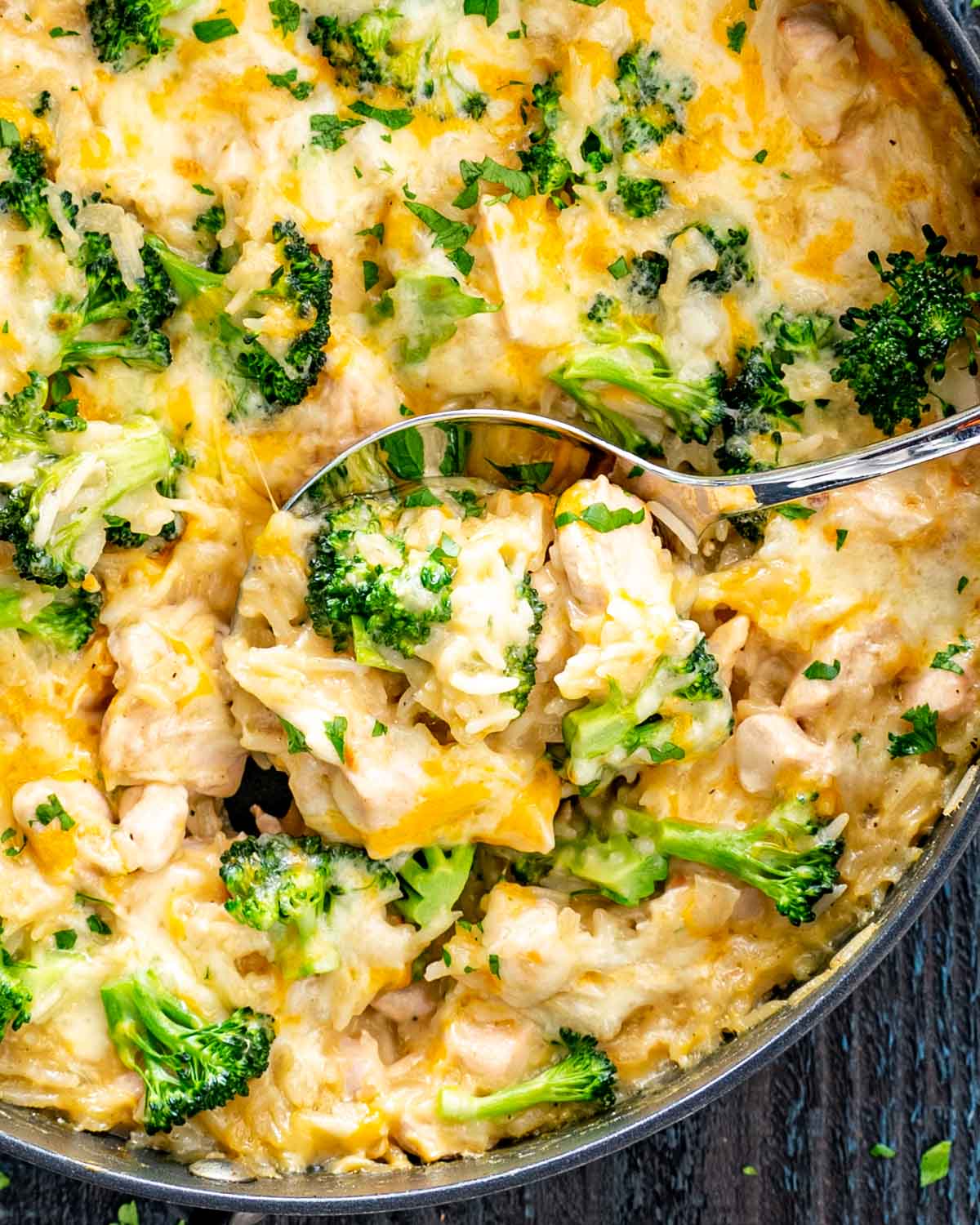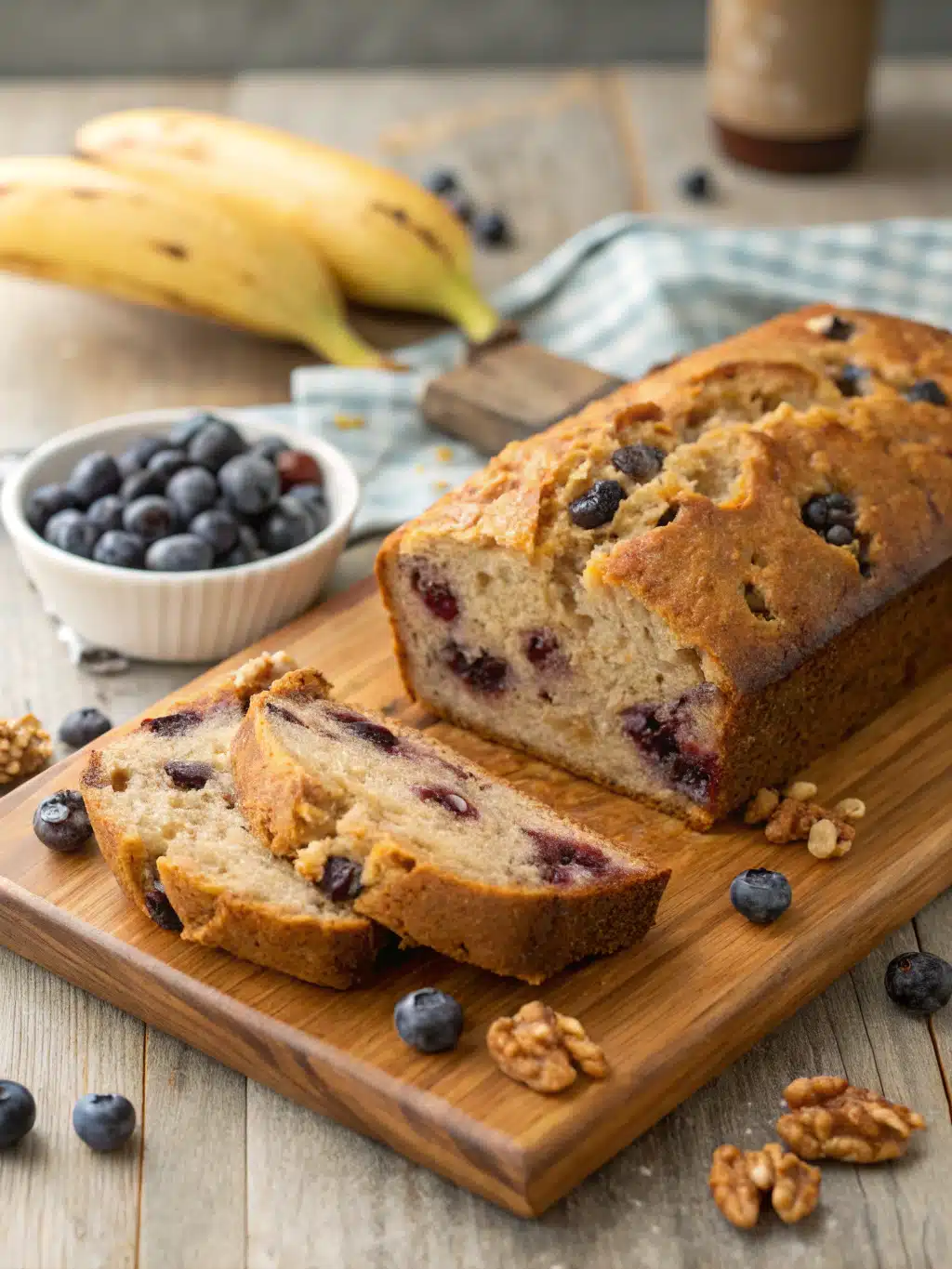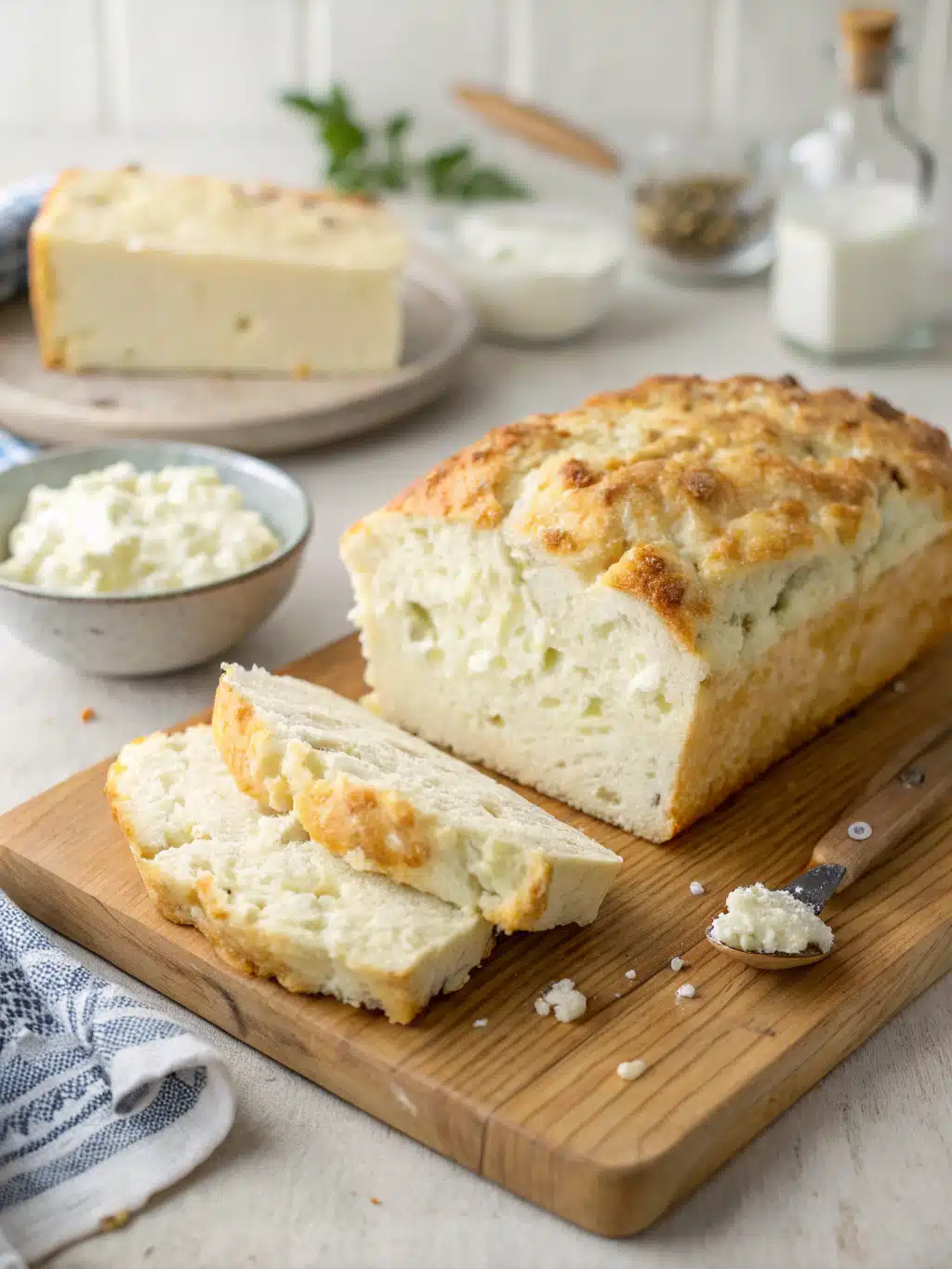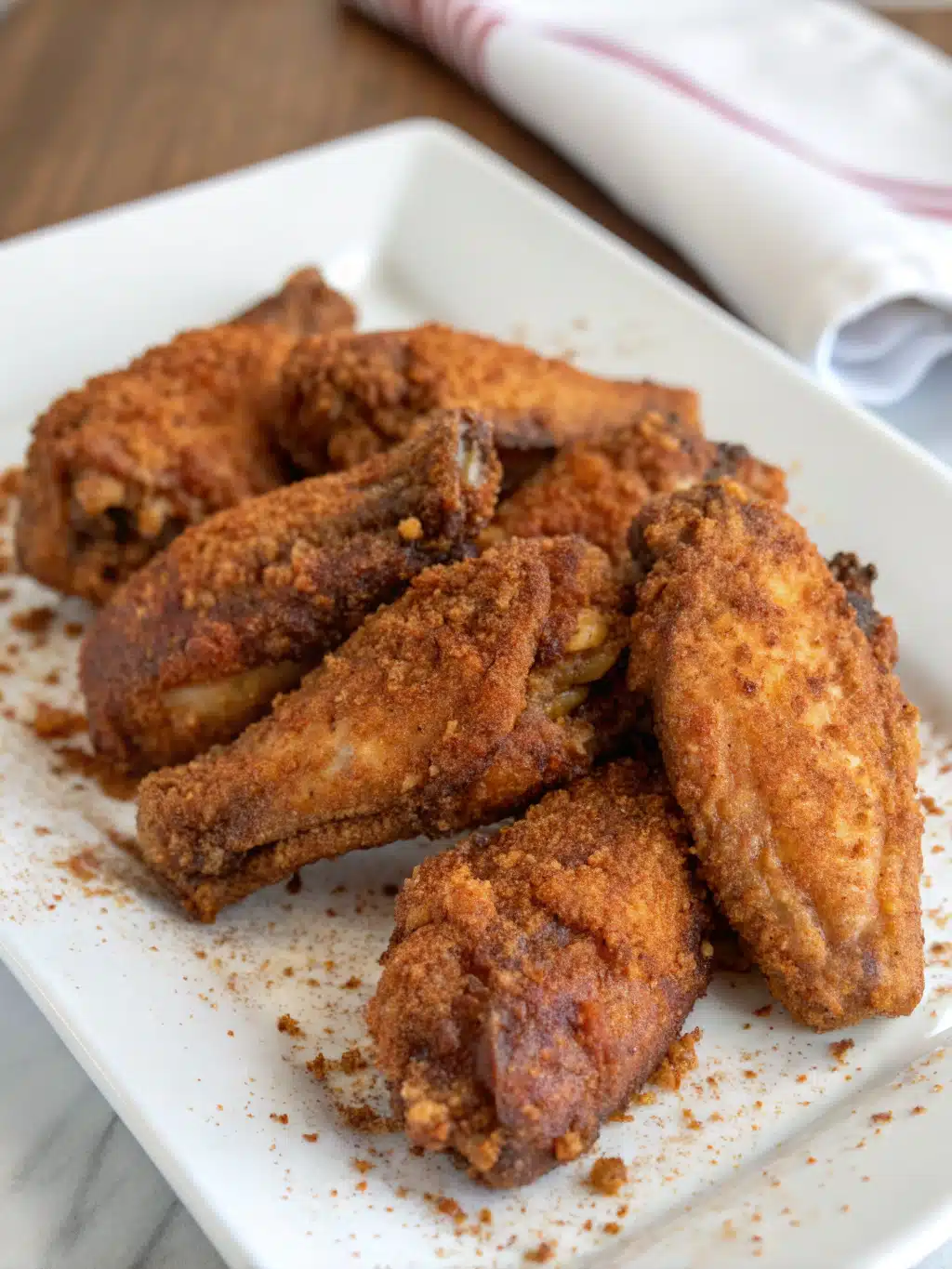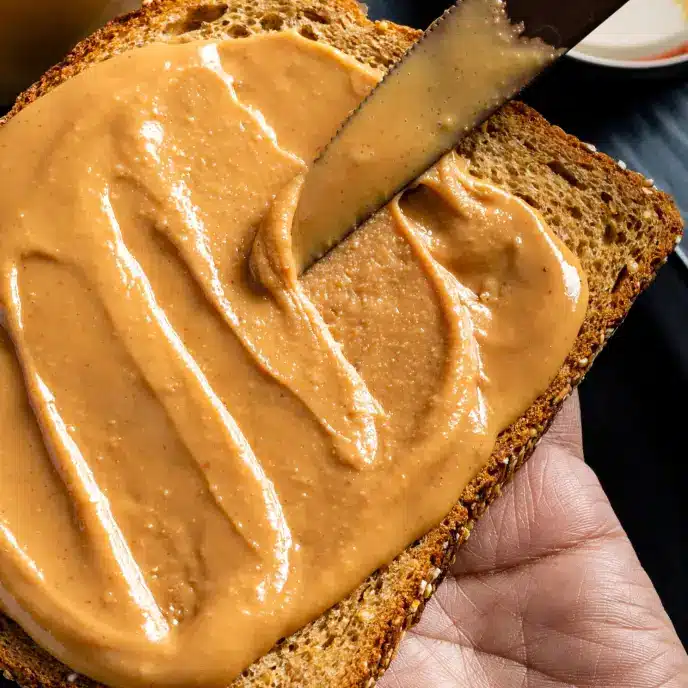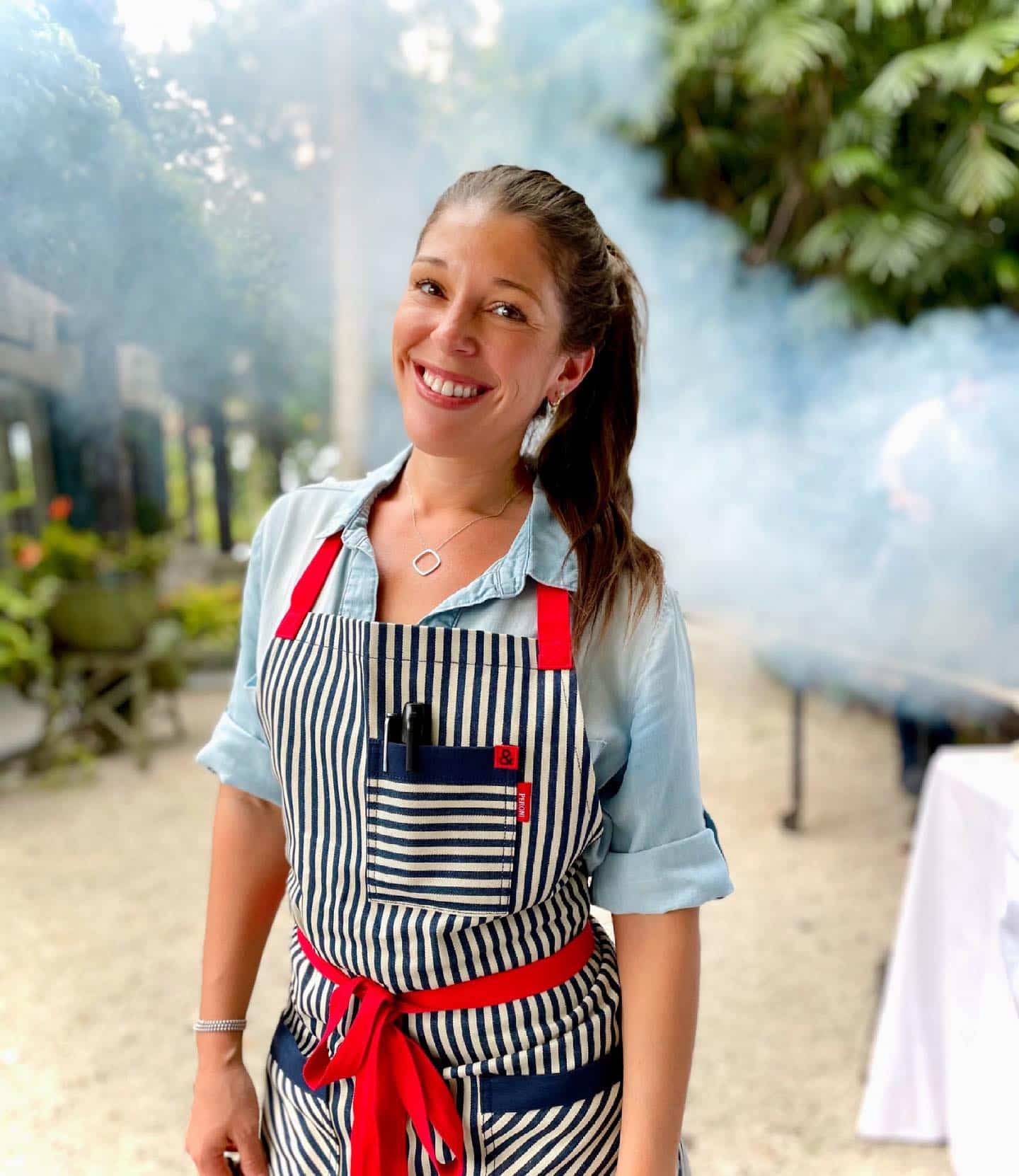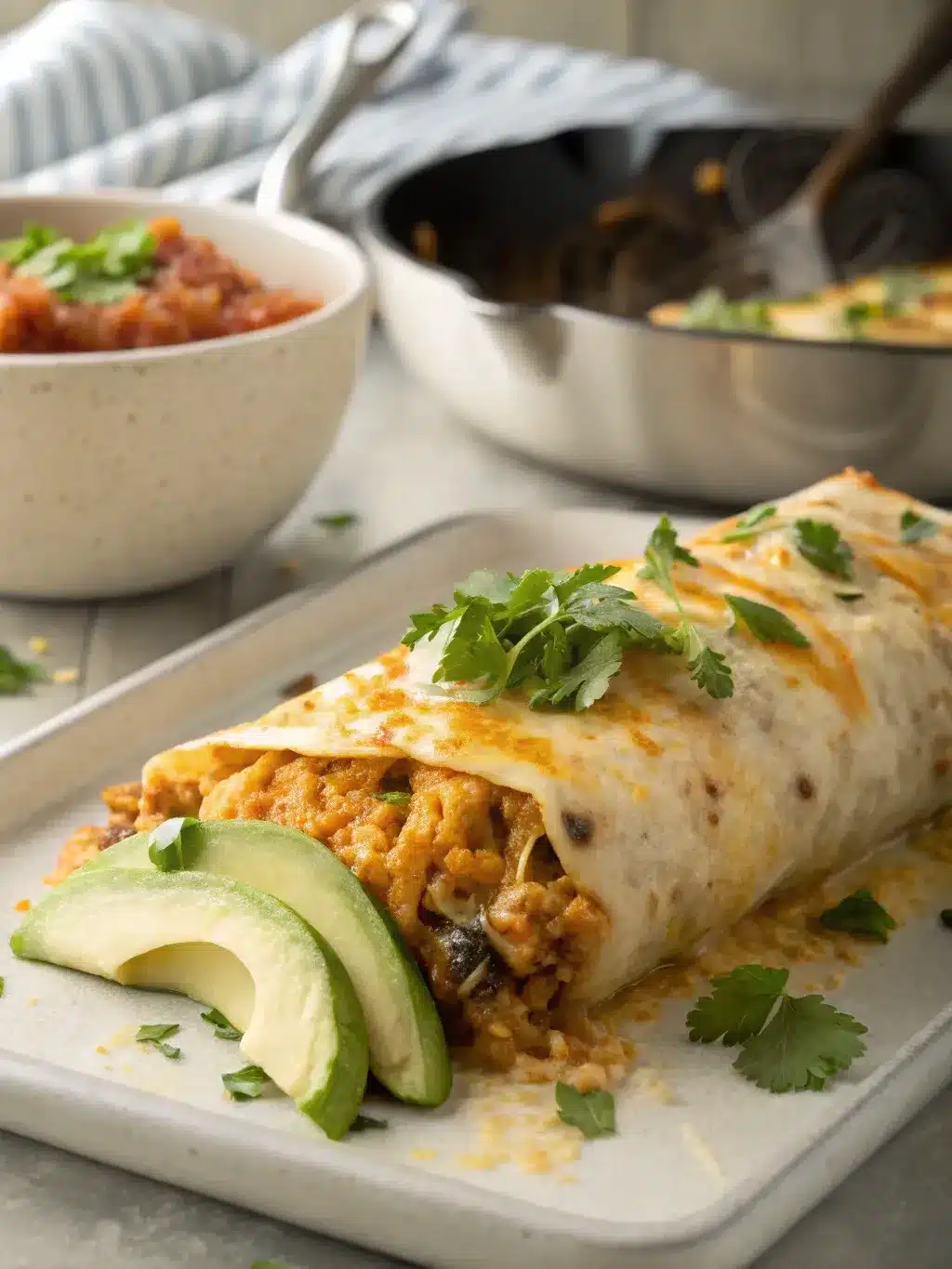Sharing is caring!
Jambalaya Recipe
Why You’ll Love Jambalaya?
Jambalaya is a vibrant Creole dish bursting with bold flavors, tender meats, and perfectly seasoned rice. Originating from Louisiana, this one-pot wonder combines smoky andouille sausage, juicy shrimp, and aromatic spices for a meal that’s both hearty and satisfying. Whether you’re hosting a Mardi Gras party or craving a taste of the South, jambalaya delivers a deliciously comforting experience. Plus, it’s incredibly versatile—swap proteins or adjust the heat to suit your taste. For a lighter pairing, try our detox spinach salad to balance the richness.
Table of Contents
- Ingredients to make jambalaya
- Time needed to make jambalaya
- Quick Steps to Make Jambalaya
- Is jambalaya healthy and nutritious
- Can I make jambalaya healthier and still delicious
- How to Serve Jambalaya
- Avoid These Mistakes
- The best way to store leftover jambalaya
- Ready to give jambalaya a try
- Frequently Asked Questions
Ingredients to make jambalaya
- 1 tablespoon olive oil
- 1 onion, diced
- 1 green bell pepper, diced
- 2 celery stalks, chopped
- 3 garlic cloves, minced
- 1 pound andouille sausage, sliced
- 1 pound chicken breast, cubed
- 1 can (14.5 oz) diced tomatoes
- 2 cups chicken broth
- 1 cup long-grain white rice
- 1 teaspoon smoked paprika
- 1 teaspoon dried thyme
- 1 teaspoon dried oregano
- ½ teaspoon cayenne pepper (adjust to taste)
- ½ teaspoon salt
- ½ teaspoon black pepper
- ½ pound shrimp, peeled and deveined
- 2 green onions, sliced (for garnish)
- Fresh parsley, chopped (for garnish)
Time needed to make jambalaya?
Craving a flavorful jambalaya but short on time? This quick and easy version takes just 30 minutes from start to finish—perfect for busy weeknights or last-minute gatherings. Here’s the breakdown:
- Prep Time: 10 minutes (chopping veggies, measuring spices)
- Cook Time: 20 minutes (simmering to perfection)
- Total Time: 30 minutes
For even faster prep, use pre-cut veggies or leftover proteins like roasted chicken. Want more time-saving tips? Check out our guide to one-pot meals for effortless cleanup!
Quick Steps to Make Jambalaya
Step 1: Prep Your Ingredients
Chop onions, bell peppers, and celery (the “holy trinity” of Creole cooking). Slice sausage and devein shrimp if needed. Measure rice and spices for easy access.
Step 2: Brown the Protein
In a large pot or Dutch oven, brown sliced andouille sausage over medium-high heat until crispy. Remove and set aside. In the same pot, sear chicken pieces until golden.
Step 3: Sauté the Vegetables
Add chopped onions, bell peppers, and celery to the pot. Cook until softened (about 5 minutes), stirring occasionally to scrape up flavorful browned bits.
Step 4: Build the Flavor Base
Stir in minced garlic, diced tomatoes, and Creole seasoning. Cook for 2 minutes until fragrant. Add rice and toast lightly for 1 minute to enhance nuttiness.
Step 5: Simmer to Perfection
Pour in chicken broth and bring to a boil. Reduce heat to low, cover, and simmer for 20 minutes until rice is nearly tender. Avoid stirring to prevent mushiness.
Step 6: Add Seafood & Finish
Gently fold in shrimp and reserved sausage. Cover and cook 5-7 more minutes until shrimp turn pink. Garnish with chopped parsley and green onions.
Is jambalaya healthy and nutritious ?
Jambalaya can be a balanced and nutritious meal when prepared with wholesome ingredients. This Creole classic is packed with protein from chicken, shrimp, and sausage, along with fiber-rich vegetables like bell peppers, onions, and celery. A single serving provides essential vitamins (A, C, B6) and minerals like iron and potassium.
For a lighter version, opt for lean turkey sausage or reduce sodium by using low-sodium broth. Pair it with a detox spinach salad for extra greens or a refreshing carrot-pineapple-orange juice to boost vitamin intake. If you’re watching calories, check out slow-cooker adaptations for portion control tips or explore protein-packed bean dishes for plant-based alternatives.
Can I make jambalaya healthier and still delicious?
Absolutely! You can enjoy a lighter version of jambalaya without sacrificing flavor. Here are some smart swaps to make this Creole classic healthier:
Leaner Protein Options
Instead of traditional andouille sausage, try smoked turkey sausage or chicken sausage. For seafood lovers, shrimp is already a great lean protein, but you can add extra veggies like bell peppers and okra for more fiber. If you’re looking for plant-based alternatives, try our roasted cauliflower salad as inspiration for veggie-packed meals.
Whole Grain Goodness
Swap white rice for brown rice, quinoa, or cauliflower rice. These alternatives add more nutrients and fiber while keeping the dish satisfying. For more healthy grain ideas, check out this slow cooker recipe collection that includes whole grain options.
Reduced Sodium
Make your own Creole seasoning blend to control salt levels. Use fresh herbs and spices like paprika, garlic powder, and cayenne pepper for bold flavor without excess sodium. For more seasoning inspiration, our detox spinach salad uses similar flavor principles.
Boost the Veggies
Double up on the holy trinity (onions, bell peppers, celery) and add extra vegetables like zucchini or mushrooms. This increases nutrients while keeping calories in check. For more vegetable-forward meal ideas, this Cuban black beans recipe shows how to pack flavor into plant-based dishes.
Remember, healthy eating doesn’t mean bland food – with the right techniques, your lighter jambalaya can be just as flavorful as the original!
How to Serve Jambalaya?
Jambalaya is a hearty, flavorful dish that pairs well with a variety of sides and drinks. For a complete Creole-inspired meal, serve it with a fresh spinach salad or a side of roasted cauliflower salad to balance the richness.
For drinks, a tangy carrot-pineapple-orange juice or a refreshing Southern-style sweet tea complements the spicy flavors perfectly. If you’re hosting a crowd, try pairing it with Cuban black beans for a fusion twist.
Garnish with fresh parsley, green onions, or a squeeze of lemon for extra brightness. This dish also works great as a filling for wraps or stuffed peppers—get creative!
Avoid These Mistakes
Making jambalaya seems straightforward, but a few slip-ups can turn your Creole delight into a bland or mushy mess. Here’s how to dodge common pitfalls:
Overcrowding the Pan
Packing too many ingredients at once steams instead of sears the meat and veggies, robbing your jambalaya of depth. Cook in batches if needed—your taste buds will thank you. For more on balancing flavors, check out our vegetarian Italian soup guide.
Underseasoning
Creole cuisine thrives on bold spices. Skimping on paprika, cayenne, or thyme? Big mistake. Taste as you go, and don’t forget the bay leaves! Need inspiration? This slow-cooker beef stew nails seasoning balance.
Overcooking the Rice
Soggy rice ruins texture. Add broth gradually and pull the pot off heat when grains are al dente—they’ll keep cooking from residual heat. For perfect grains every time, our roasted cauliflower salad tips include grain-cooking hacks.
Ignoring the Holy Trinity
No jambalaya is complete without the Cajun/Creole base of onions, bell peppers, and celery. Skip one, and you lose authenticity. See how 15-minute Cuban black beans use a similar sofrito technique.
The best way to store leftover jambalaya
Proper storage keeps your jambalaya tasting fresh. Let it cool completely before transferring to airtight containers. For short-term storage, refrigerate for up to 3–4 days. If you want to keep it longer, freeze portions in freezer-safe bags or containers for up to 3 months. Reheat gently on the stovetop with a splash of broth or water to restore moisture. For more tips on preserving meals, check out slow-cooker storage tricks or our guide on meal prep containers.
To avoid dryness, layer plastic wrap directly on the surface before sealing. For freezer-friendly batches, try portioning tips or explore soup storage hacks for similar dishes.
Ready to give jambalaya a try?
Now that you’ve got all the tips, tricks, and expert insights, it’s time to bring the bold flavors of jambalaya to your kitchen. Whether you’re cooking for a crowd or just craving a taste of Creole comfort, this dish delivers every time. Don’t forget to pair it with a refreshing kiwi agua fresca or a detox-friendly green juice for a balanced meal. For more quick and healthy recipes, explore our energizing juice collection or try a vibrant spinach salad as a side. Happy cooking—your taste buds will thank you!
Frequently Asked Questions
What is the origin of jambalaya?
Jambalaya is a Creole and Cajun dish originating from Louisiana, blending Spanish, French, and West African culinary influences.
Can I make jambalaya vegetarian?
Yes! Swap meat for hearty vegetables like bell peppers, mushrooms, and okra, or use plant-based protein alternatives.
How spicy is traditional jambalaya?
It varies, but Creole jambalaya typically has mild to moderate heat. Adjust cayenne pepper or hot sauce to taste.
What’s the difference between Creole and Cajun jambalaya?
Creole jambalaya includes tomatoes, while Cajun versions are tomato-free and often smokier.
Can I freeze leftover jambalaya?
Absolutely! Store in airtight containers for up to 3 months. Thaw overnight before reheating.
What rice works best for jambalaya?
Long-grain white rice (like jasmine or basmati) absorbs flavors well without becoming mushy.

